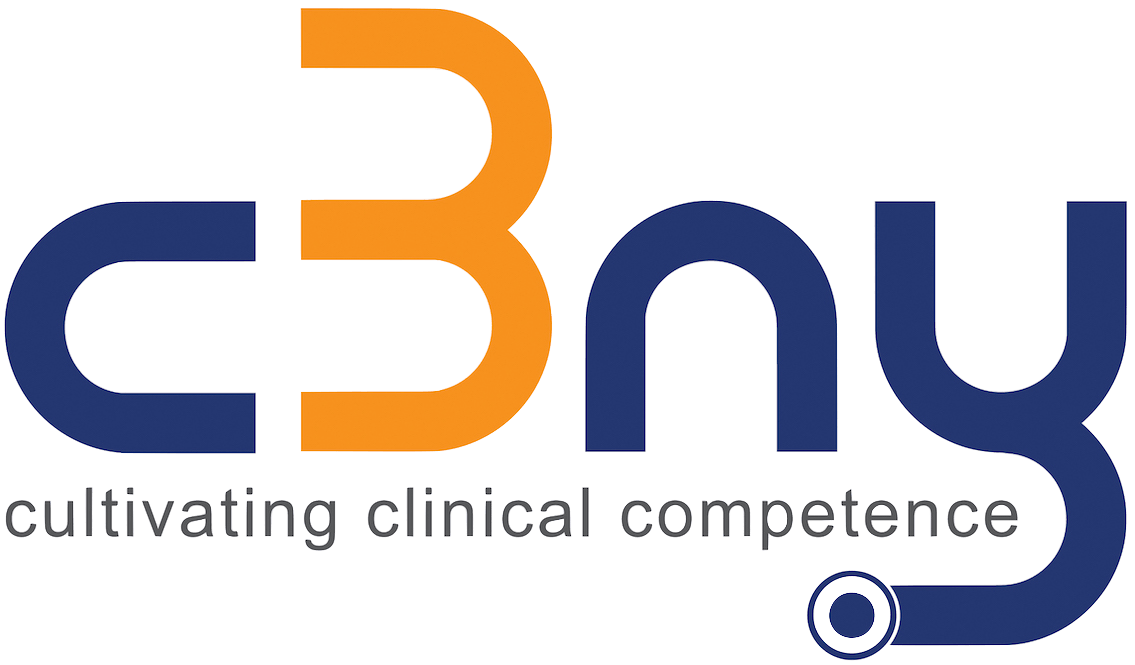Students ask us all the time; how do I pass this exam? What is the key? What can I study and then execute?
Unfortunately, there is no algorithm for passing the exam, the practical exam. You are dealing with a human being. You can’t just follow a list, or go in with a set bunch of questions.
When approaching this exam, often times students are so intent on disease process and diagnosis, on the rules and regulations of “taking the exam” that they forget a human being is sitting in front of them.
Try this approach: treat the person first, the patient second. A doctor’s ability to explain, listen and empathize has a profound impact on a patient’s care. Yet, as one survey found, two out of every three patients are discharged from the hospital without even knowing their diagnosis.
The above quote is from a terrific article by Dr. Nirmal Joshi that recently appeared in the New York Times, See here for her thoughts: Doctor, Shut up and Listen. How can this be? How can a patient be DISCHARGED FROM THE HOSPITAL WITHOUT EVEN KNOWING THEIR DIAGNOSIS?
Getting back to the USMLE Step 2 CS exam. When you have left the room after the encounter, does your patient know what diagnoses you are thinking about (akin to being discharged knowing your diagnosis)? If you have interviewed correctly, using open ended and closed ended direct questions, used reflection, empathy and true listening techniques, you will have gathered the proper data to formulate reasonable diagnoses, and you will have shared this information with your patient. If you have followed a list of questions to ask, one size fits all patients, you will have collected data, yes, but is it the appropriate data for that particular patient? "…we need to move away from the perception that social skills and better communication are a kind of optional extra for doctors. A good bedside manner is simply good medicine.'
Students come to us having not been successful on the ICE portion of the Step 2 CS exam. ICE is the physical exam and patient note. So what do they have to do with treating the person first and the patient second? EVERYTHING. If the questions asked are particular to the PERSON sitting in front of you, not a “list I ask everybody so I won’t miss anything” you will have gathered the correct data on which to base your decision of which physical examination maneuvers to do. And then which diagnoses seem likely given the history and physical exam findings.
Over a year, Betsy had seen five other physicians for a “rapid heartbeat” and “feeling stressed.” After extensive testing, she had finally been referred for psychological counseling for an anxiety disorder.
The careful history Dr. Martin took revealed that Betsy was taking an over-the-counter weight loss product that contained ephedrine. When she stopped taking the remedy, her symptoms also stopped. Asked why she hadn’t mentioned this information before, she said she’d “never been asked.”
“…she’d never been asked.” Ask! Ask the questions that seem reasonable to you for the PERSON sitting in front of you.
Passing the Exam = Talking to a Person.
Yours in excellent Step 2 CS prep,
The team at C3NY


